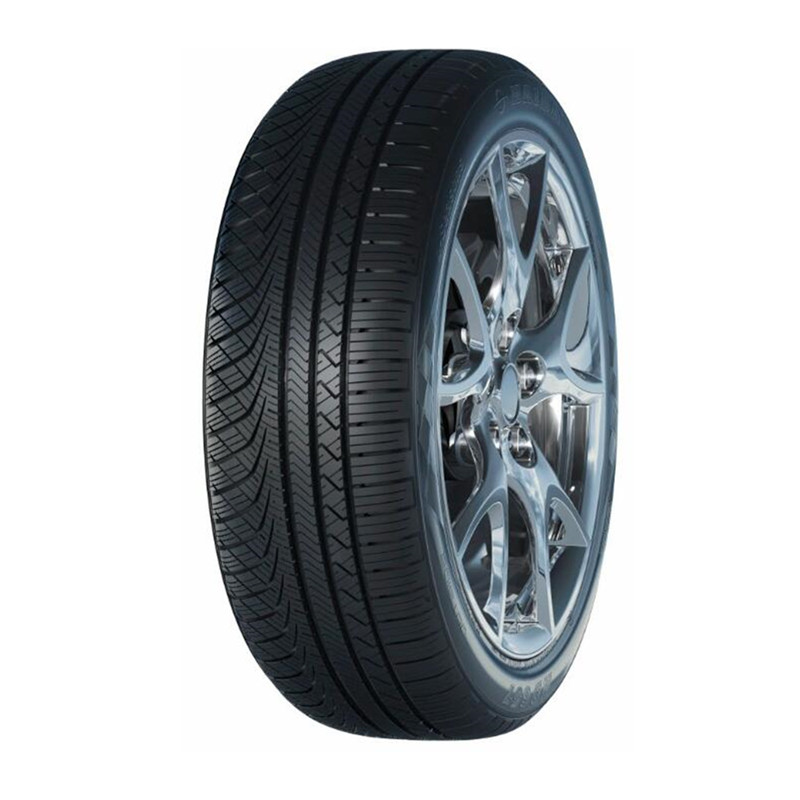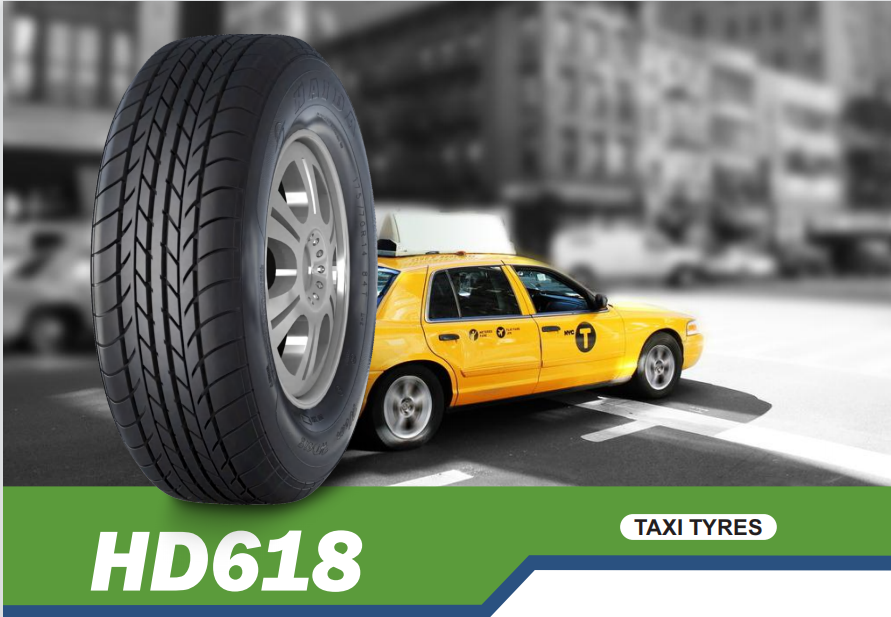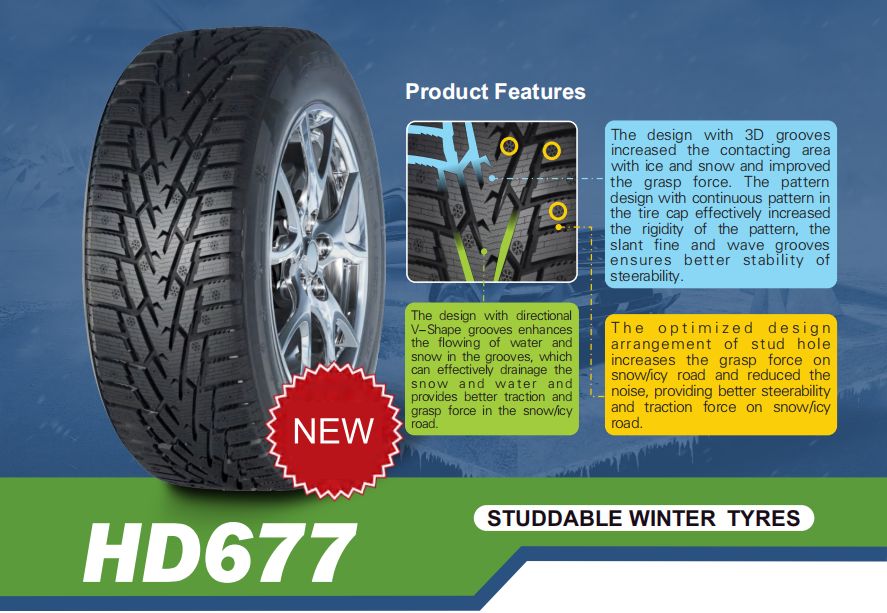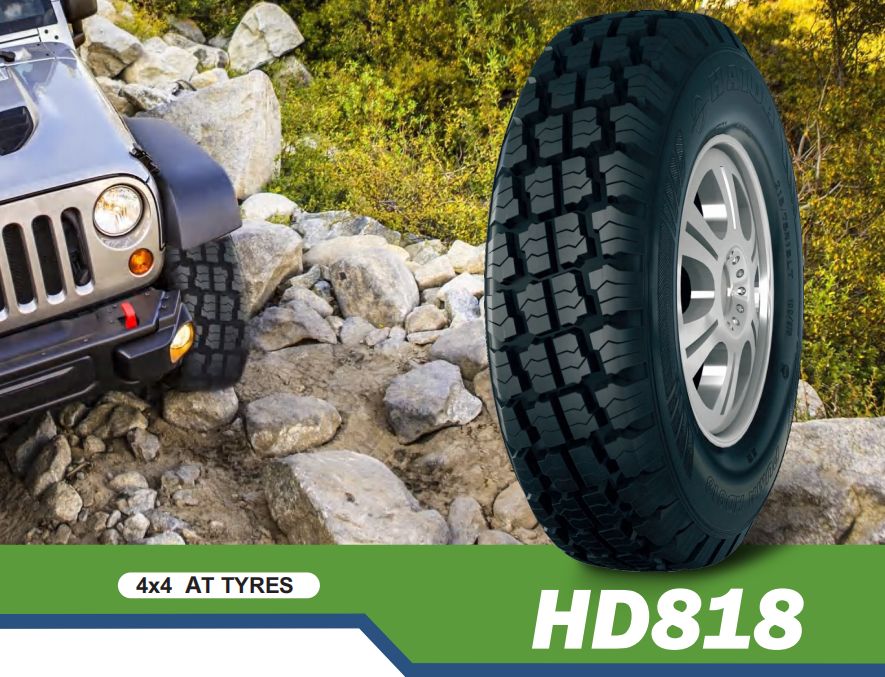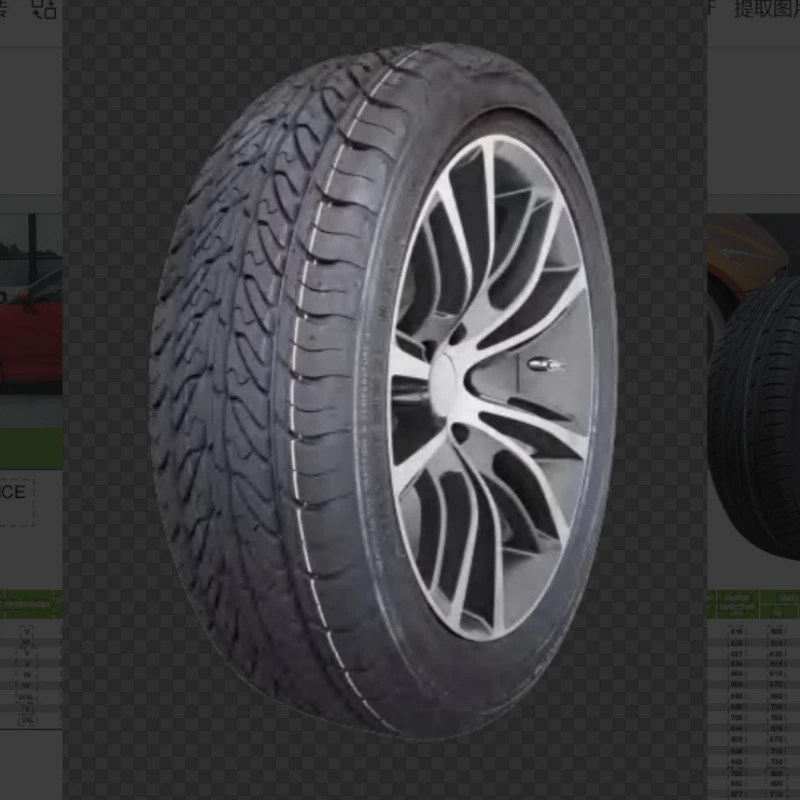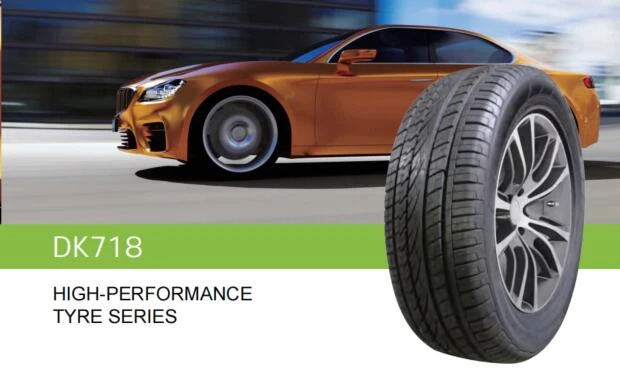Main specifications and parameters of HD657
◆Unique asymmetric pattern matched with high-density silica compound material design, taking into account the four seasons conditions, no matter spring, summer, autumn and winter, the driving performance is excellent and stable, and the four seasons are worry-free.
◆Three wide longitudinal drainage grooves and wide tread design ensure the tire's wet drainage performance and excellent handling performance on snow and icy roads.
The large block design on the outside of the tire ensures sufficient rigidity of the tire and provides excellent handling; the multi-cross-coupling wavy three-dimensional sipe design on the inside of the tire can increase the amount of snow the tire can eat when driving on icy and snowy roads, and improve the strength of the snow column provides a strong driving force for the tires to drive in winter.
◆Adopt excellent pitch sequence and phase tread design, which can effectively reduce internal noise and improve driving comfort.
Main specifications and parameters of HD657
Specification
| load index /level
| Speed Class | Standard Rim
| Inflated cross-section wide (mm)
| inflated outer diameter (mm)
| load capacity (Single/Dual)(kg) | Inflated pressure (kPa) |
175/65R14 | 82 | T | 5J | 177 | 584 | 475 | 300 |
205/55R16 | 94XL | V | 6 1/2J | 214 | 632 | 370 | 340 |

About all-season tires
Most cars come from the factory with all-season tires as standard. All-season tires perform well in most conditions, they can be used year-round whether the road surface is dry, wet or covered in snow, and they usually only perform poorly in harsh driving conditions such as deep snow or track. All-season tires typically have many grooves and sipes (small gaps in the tread) that help them cope with conditions such as rain, snow, or hot road surfaces. They tend to last longer than other types, and the better ones can offer a tread life guarantee of over 50,000 miles. All-season tires tend to be quieter than high-performance tires because many drivers are looking for a quiet driving experience; they also have low rolling resistance, which means they will yield better fuel economy than other types.
Tires are subjected to various deformations, loads, forces, and high and low temperatures during driving, so they must have high load-bearing performance, traction performance, cushioning performance, high wear resistance, flex resistance, and low rolling. Resistance and thermogenesis.
However, all-season rubber won't have as much grip or steering precision in corners and will have longer braking distances than summer tires. Summer performance tires grip like leeches, but all-season tires sacrifice some traction for a smoother, quieter ride and longer tread life. All-season tires will not perform as well as winter tires when the snow gets deeper or the temperature drops below freezing.
